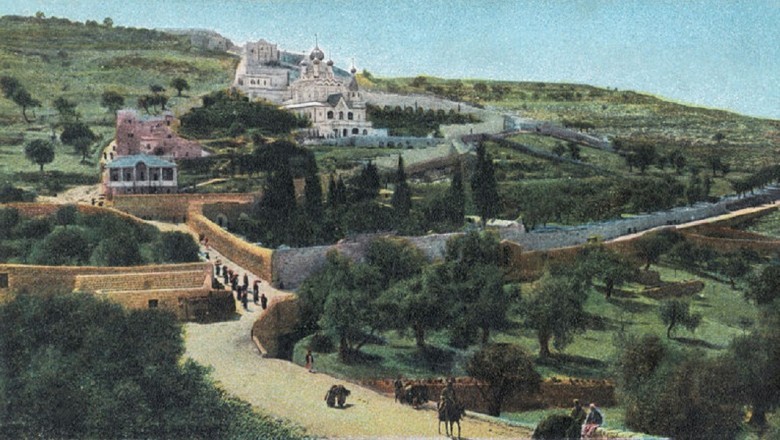
Workers in Jerusalem have accidentally discovered a biblical artifact that has been lost for centuries.
Ancient Olive Press
The Garden of Gethsemane is not an ordinary place. It is filled with history and spirituality and is particularly cherished for its ancient majestic olive trees. When we say "Gethsemane," we refer to a name that comes from dialects of that time, such as the Aramaic "gat semãnê" and the Hebrew "gat shemanim," both meaning "olive press." Many are moved by this place, especially because of its deep religious significance throughout the ages.
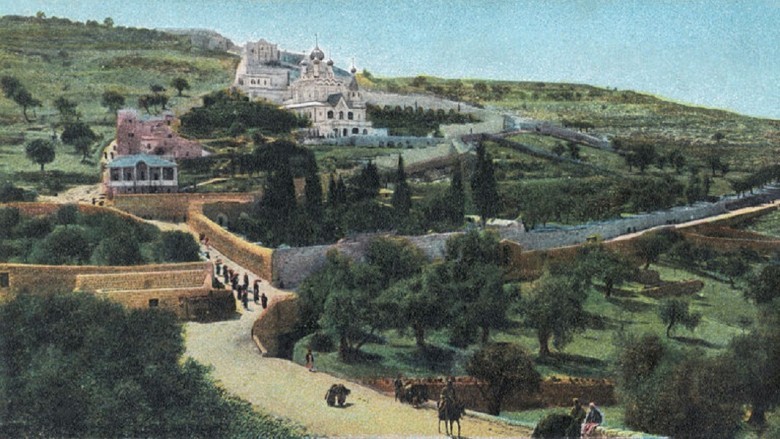
The Bible, with its rich variety of stories and meanings, gives us only fragmentary information about the Garden of Gethsemane. It does not explicitly inform us about its main function but focuses more on its role in specific narratives. This opens a door full of possibilities for theologians and scholars to make interpretations based on the few details given to us.
The Closest Disciples
Stories tell us that after the eventful night of the Last Supper, Jesus sought refuge in Gethsemane. But he was not alone; his most loyal disciples, Peter, James, and John, accompanied him. These three disciples had the privilege of being with Jesus in the decisive moments just before his capture.
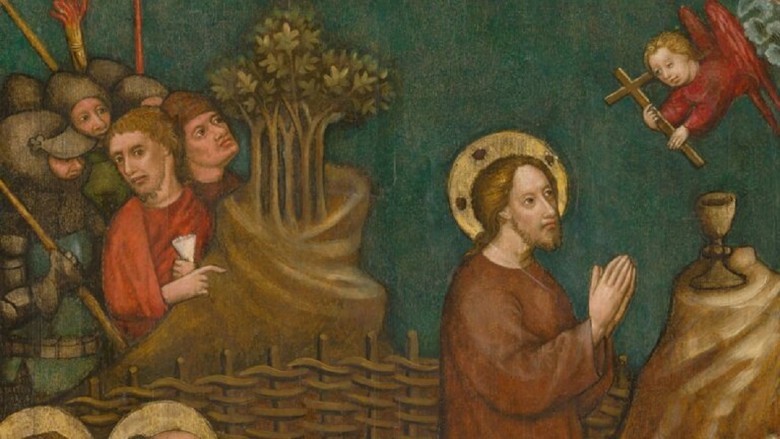
Imagine Jesus overwhelmed by the anticipation of his fate, expressing his anguish: "My soul is overwhelmed with sorrow to the point of death." It is almost as if we can feel the depth of his despair, revealing a tremendous inner struggle.
With Watchful Eyes
Seeking a quiet moment to speak with God, Jesus asked his disciples to stay awake while he prayed. But the night did not unfold as expected. What happened in this garden would forever shape the destiny of the Christian faith.
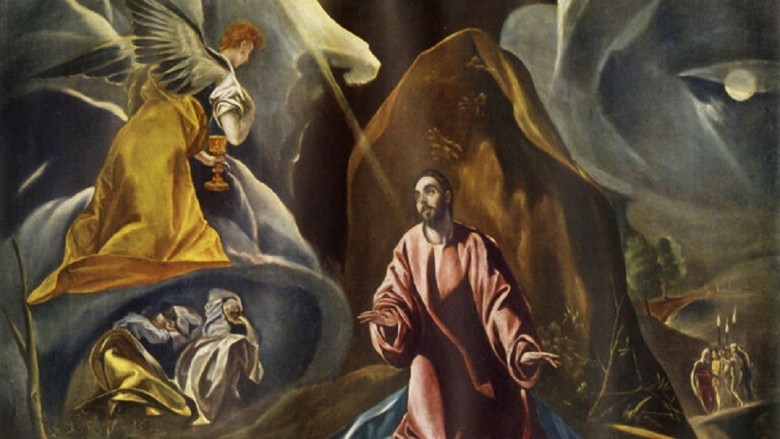
Considering what lay ahead, the crucifixion, one might think there would be a way out for Jesus. But even his most faithful disciples, overcome by exhaustion and emotions, fell asleep. He was left alone, tormented by fear and the dread of what was to come.
The Cup of Suffering
Although situated in what seemed like a peaceful place, Jesus wrestled with an inner conflict. He pleaded with God in great anguish to spare him from the impending "cup of suffering." But despite his fears and the foreboding of his crucifixion on Golgotha, Jesus resolutely accepted his fate.

"Yet not as I will, but as you will." This sentence has inspired artists throughout the ages. They attempted to capture this poignant scene to depict the intense moments of Jesus' anguish through their art.
Understanding the Extent of Pain
Though physically close to Jesus, the disciples seemed not to fully grasp the depth of his spiritual and emotional anguish. They could not completely comprehend what was about to happen. They fell asleep multiple times, despite the warnings, revealing their human weakness in that crucial moment.
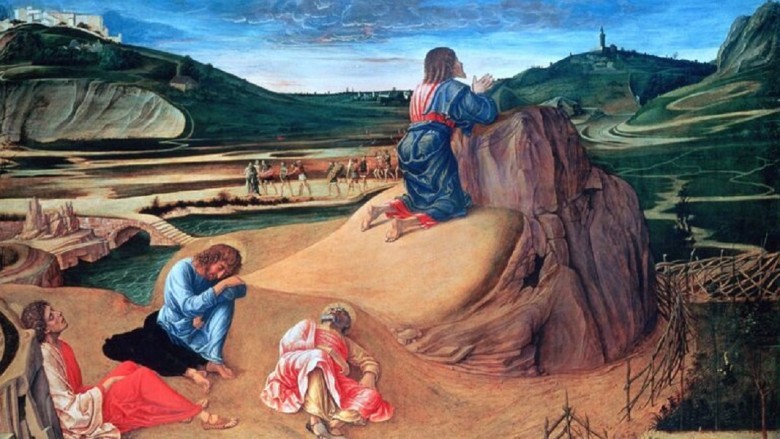
And then there was Peter, the same Peter who would later play a central role in the establishment of the Catholic Church. Despite his unwavering devotion, he could not stay awake to support Jesus in that decisive hour.
Taken to Gethsemane
The tranquility of Gethsemane was interrupted by the sudden appearance of Judas. He came with a group ready to arrest Jesus. Recognizing the impending danger, Jesus expressed his resignation. It was a moment filled with tension and betrayal.
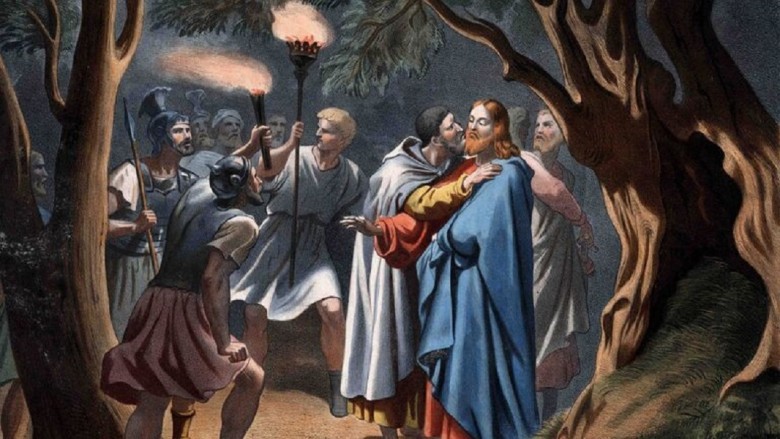
"The hour has come. Look, the Son of Man is delivered into the hands of sinners." Think about the weightiness of these words as he was led away, thus sealing his time in Gethsemane.
Intense Suffering
Because of the significant events that took place there, Gethsemane has piqued the curiosity of many over time. As early as the year 200 AD, this holy garden became a popular destination for Christian pilgrims who wanted to walk in the footsteps of Jesus.
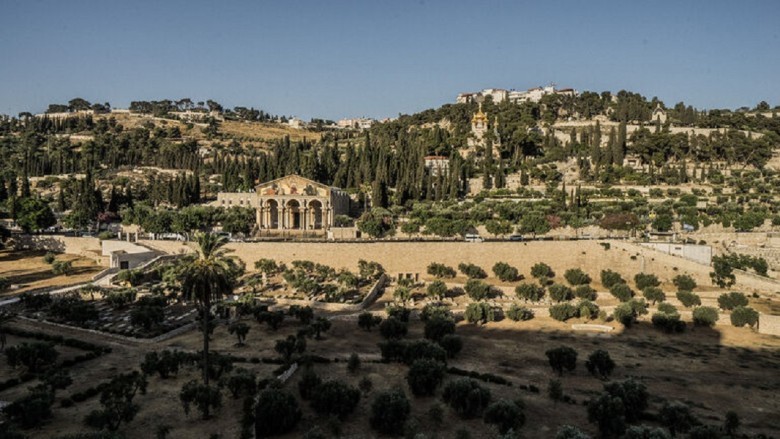
Looking back in history to the Middle Ages, there are accounts of devout pilgrims being deeply engrossed in prayers at this sacred site. This shows that the spiritual significance of Gethsemane has endured throughout the ages.
Kidron Valley
Geographically, Gethsemane is located beyond the Kidron Valley, opposite Jerusalem. This valley serves as a natural boundary in the east, separating the Old City from the Mount of Olives. This place has witnessed many significant events.
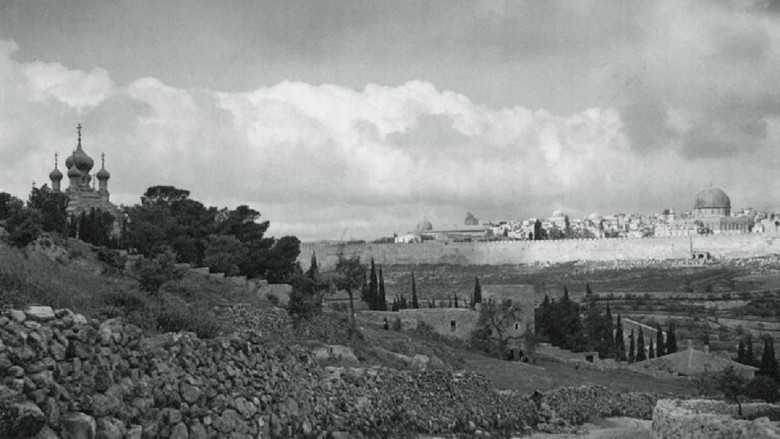
History suggests that Jesus may have deliberately walked through the valley to reach the garden. Perhaps he sought a moment of silence and tranquility, away from the hustle and bustle of the city.
Filled with Olive Trees
It is believed that during Jesus' time, Gethsemane was covered with extensive olive groves. Jerome, an important Christian writer, describes the place quite poetically, calling it the "Valley of Abundance," highlighting its historical significance.
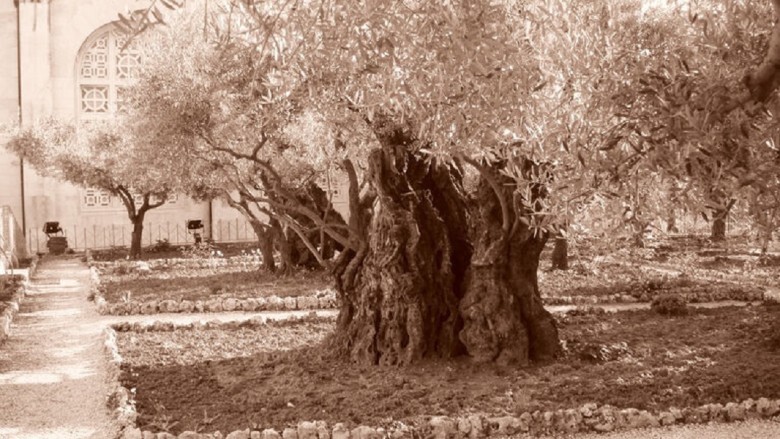
One can imagine a lush green landscape, with majestic olive trees and perhaps even some grapevines, painting a picture of peace and serenity.
The Western Slope
However, the exact location of Gethsemane remains a mystery. Many traditions, including the Orthodox churches from Greece, Russia, and Armenia, as well as the Catholic Church, have together identified a possible site on the western slope of the Mount of Olives. For centuries, many have attempted to find the true location of these biblical events.
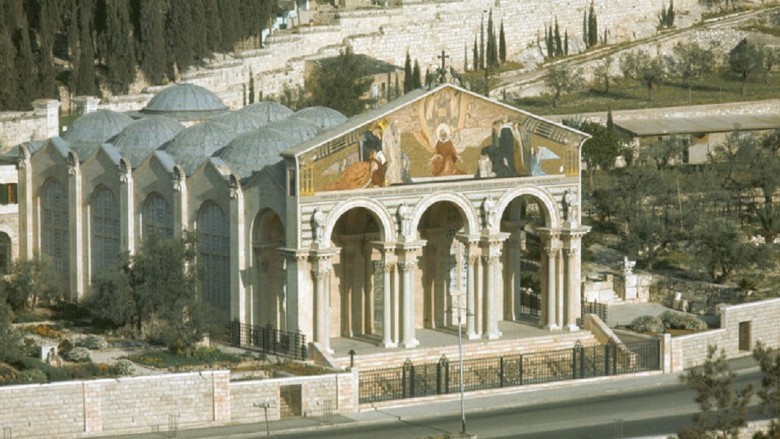
Not far away is the famous Cave of Agony. Further south, a church built by Franciscan monks beautifies the area.
Dating Back 2,000 Years
The proposed location is particularly fascinating because of a well-preserved garden filled with many ancient olive trees. It is intriguing to think about the stories these trees could tell. There are ongoing debates among scholars about the true age of these trees. Some firmly believe they date back to biblical times, while others are more skeptical and raise questions.
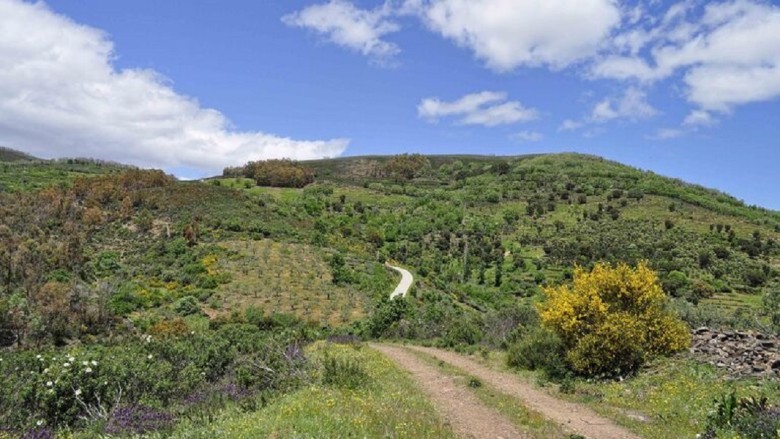
And when we think about the ancient olive groves that could be over 2,000 years old—did they witness Jesus' agony? Although the truth may be elusive, the location aligns well with biblical descriptions, emphasizing its importance in the Christian faith.
Church of All Nations
As for the Church of Gethsemane, it stands majestically, presumably above the historical garden area. For many, it stands as a testament to the faith of the Catholic community. Also known as the "Church of All Nations" or the "Agony Church," it is a central attraction for devout Christians from around the world. Here, they gather to seek a deeper connection to the divine story and the teachings of Christ.
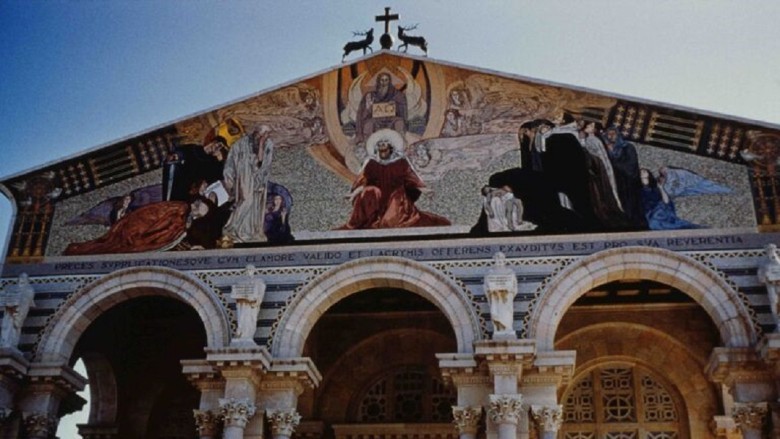
This holy church, with its impressive architecture and religious significance, attracts pilgrims from all over the world. It serves not only as a place of worship but also commemorates the tumultuous hours Jesus spent in the garden.
Time of the Second Temple
A look at the church reveals that its current structure may not be very old, but its foundations bear witness to a glorious past. During its construction, archaeological findings were made, uncovering remains of earlier religious structures from the Byzantine and Crusader periods. This place is more than just a building; it is a living mosaic of history, holding secrets from the past.
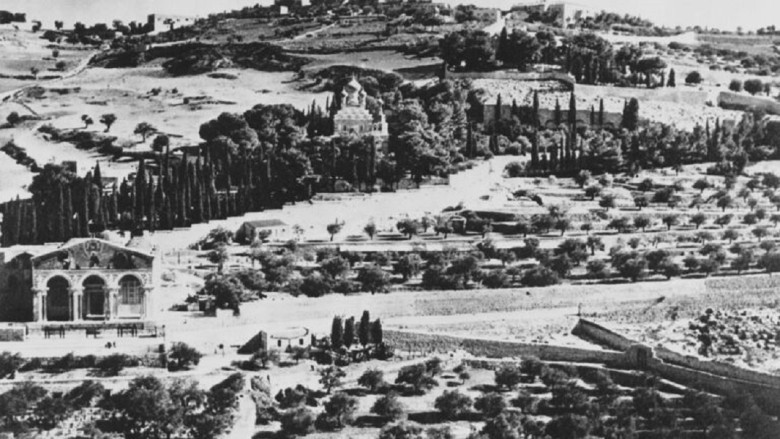
What is truly fascinating is that, to this day, no traces from the time of the Second Temple have been found there. This means that the era in which Jesus is said to have lived still keeps its secrets well-preserved, leaving us with more questions than answers.
Connection of the Church to the Kidron Valley
The Custody of the Holy Land, recognizing the historical and religious significance of the Church of Gethsemane, has spared no effort or expense in its maintenance and restoration. This Franciscan organization, responsible for the care of the holy sites, launched ambitious projects at the end of 2020 to not only restore the church but also emphasize its significance as a sacred place.
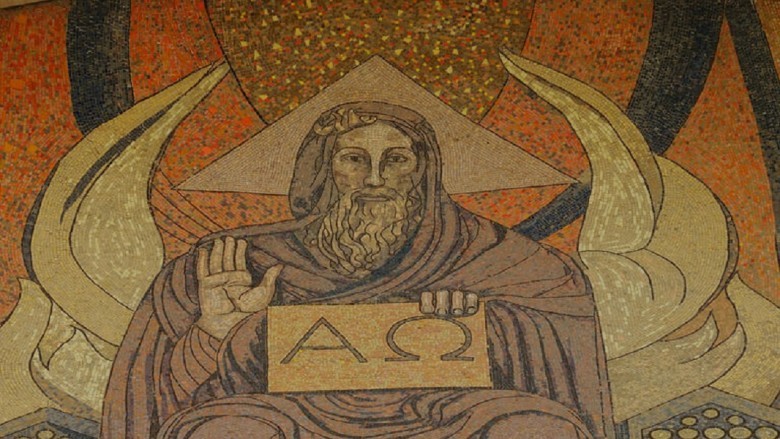
In terms of recent developments, there have been plans to improve the area, including a state-of-the-art visitor center and a tunnel connecting the church to the Kidron Valley, to make the pilgrimage experience even more extraordinary.
Establishment of the Terra Sancta Museum
In Israel, the Franciscan monks play a much larger role than one might initially assume. In addition to their religious duties, many of them are dedicated to archaeology. With their discoveries, they repeatedly shed light on the secrets of the past and contribute to a better understanding of the region's rich history.
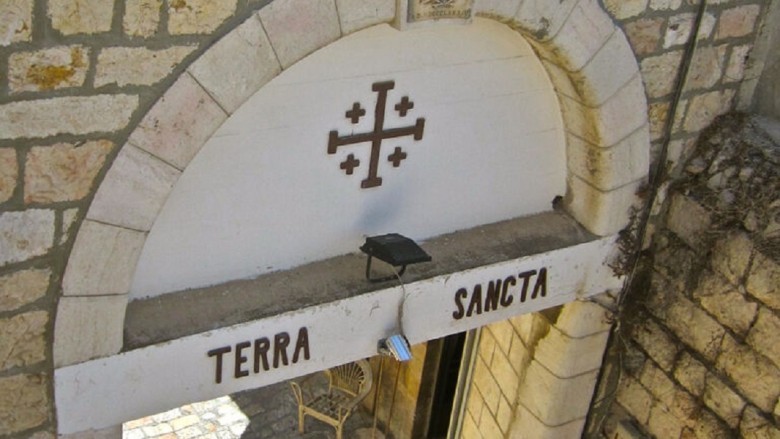
In 1902, something incredible happened: the Terra Sancta Museum was established in the Old City of Jerusalem. Over the years, this museum has evolved into a true treasure trove of priceless archaeological finds, many of which were rescued from areas destroyed by conflict. Each of these objects tells the story of the region's rich history and holds secrets of past times.
Millions of Pilgrims
Father Francesco Patton, the leader of the Franciscans in this region, once perfectly expressed the feeling that surrounds Gethsemane. He said, "Gethsemane is one of the most significant sanctuaries in the Holy Land." His words reflect the profound sentiment of many people who visit this sacred place.
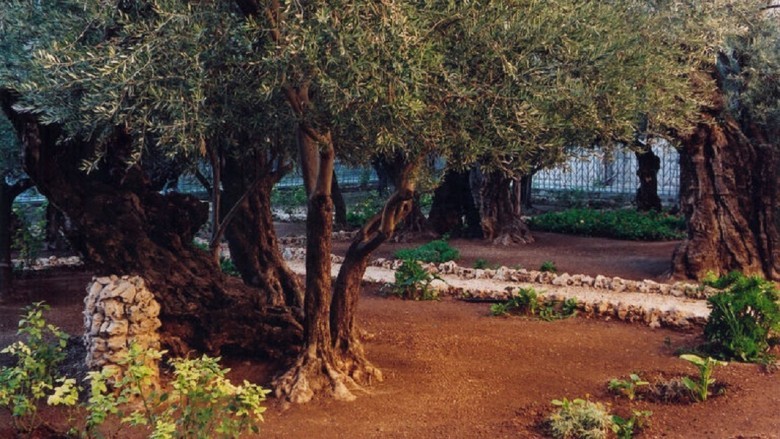
When entering this place, one is surrounded by centuries of history and tradition. We think of Jesus' intense prayer, the subsequent scene of betrayal, and the millions of pilgrims who have come here throughout history to seek spiritual connection and pray.
Tragedy during Tunnel Construction
During the construction work on the church, an unexpected surprise occurred. Part of the building collapsed while excavating a tunnel. This accident showcased the complexities and challenges of working at such ancient and delicate sites.
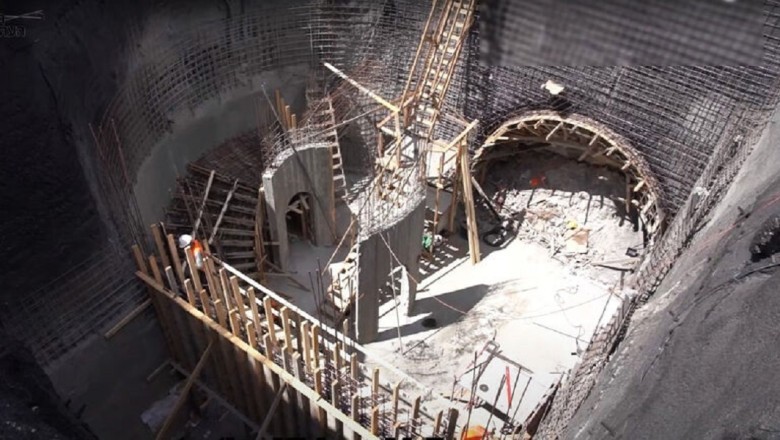
Sometimes, construction accidents can lead to unexpected discoveries. This is exactly what happened when a collapse exposed breathtaking archaeological treasures. Quickly, the excited archaeological community turned their attention to this find.
Israel Antiquities Authority
After the historical significance of the ground was realized, a collaboration between the Israel Antiquities Authority and the students of the Studium Biblicum Franciscanum was formed. Together, they had one goal: to discover and preserve the hidden treasures beneath.
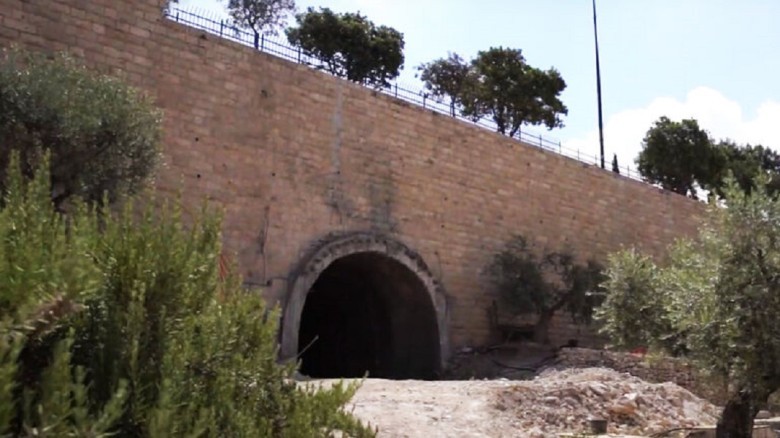
And who better to explore this site than the renowned archaeologists Amit Re'em and David Yeger? Their discoveries have reshaped our understanding of the history of this region and led us to question everything we knew about Gethsemane.
Beneath the Church
The excavations, primarily beneath the church, yielded astonishing discoveries. According to the Times of Israel, remains of a Byzantine church were found. This proved that the site was a religious center between the 6th and 8th centuries.
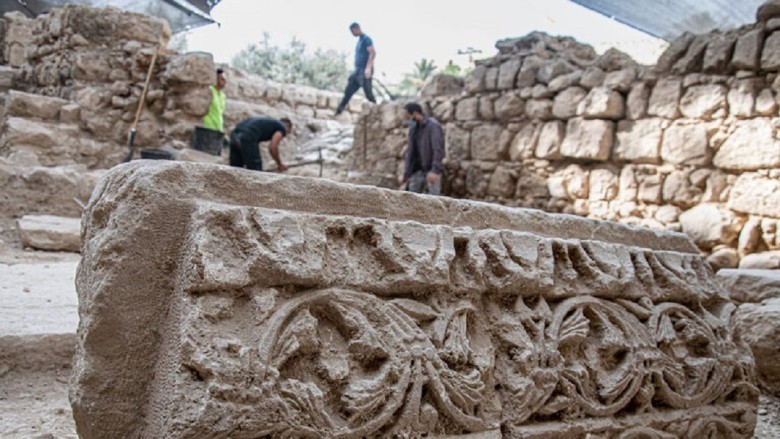
But the surprises didn't end there. Traces of an ancient Crusader monastery emerged, adding another dimension to the already fascinating historical image of the place.
A place of great significance
The splendor of the newly discovered church was evident. Its intricate decorations showcased its religious and cultural importance. Each uncovered stone told its own story and underscored the heritage of Gethsemane.
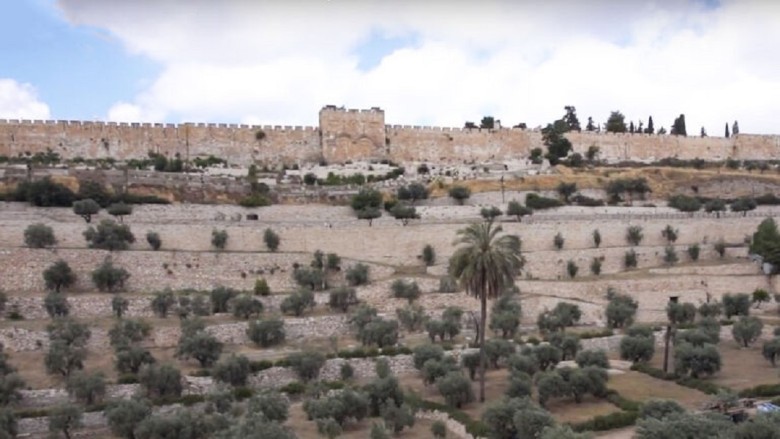
As if that wasn't enough, a Greek inscription on the church floor added to the intrigue. Translated by experts, it revealed a deep, emotional message that seemed to carry the voices of the past to us.
The sacred inscription
One discovered inscription touched the hearts of readers: "In memory and repose of the lovers of Christ...". This message, carved centuries ago, bears witness to the profound faith and dedication of its authors.
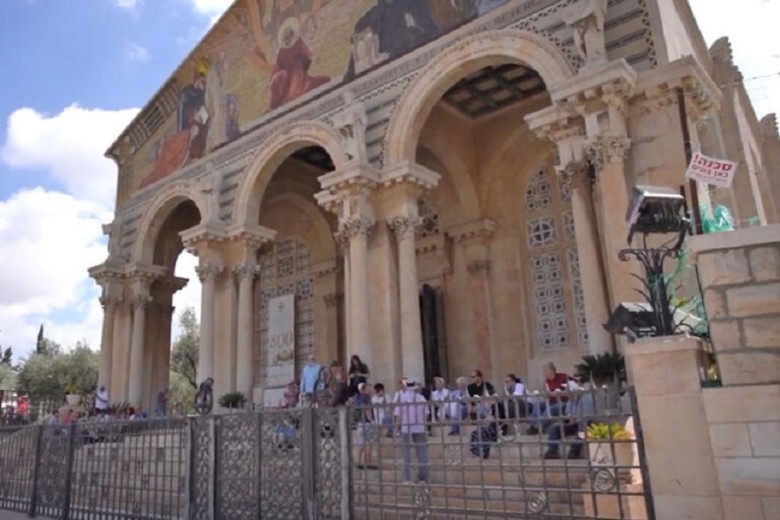
Reflecting on the exciting moments of this discovery, something even more impressive came to light about the church. It's always surprising how history constantly astonishes us.
Shedding light on a specific time
In an interview, Yeger brought forth astonishing information. His claim that the church may have been founded during Muslim rule over Jerusalem showcases a fascinating coexistence of different cultures and faiths.
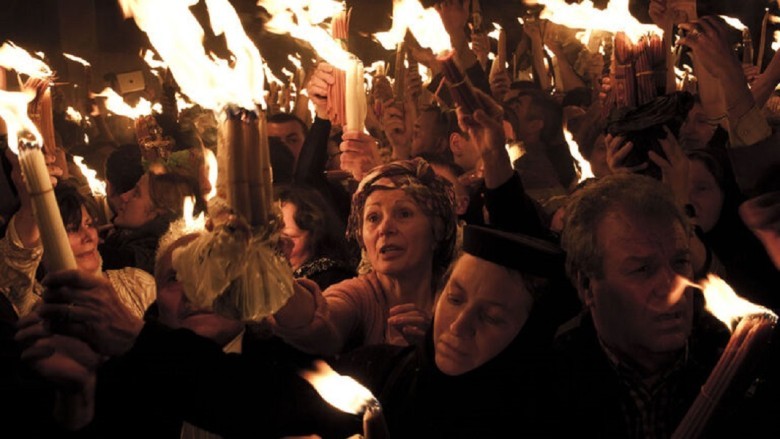
What we can learn from these findings is that despite political turmoil, Christian pilgrimages never ceased. Despite all challenges, believers showed unwavering faith and visited these holy sites with hope and devotion.
A possible church ensemble
Re'em noticed a gap in the historical records of the church in Gethsemane. This led him to theorize that there might have been more than one church in the area, pointing to a larger network of religious sites.
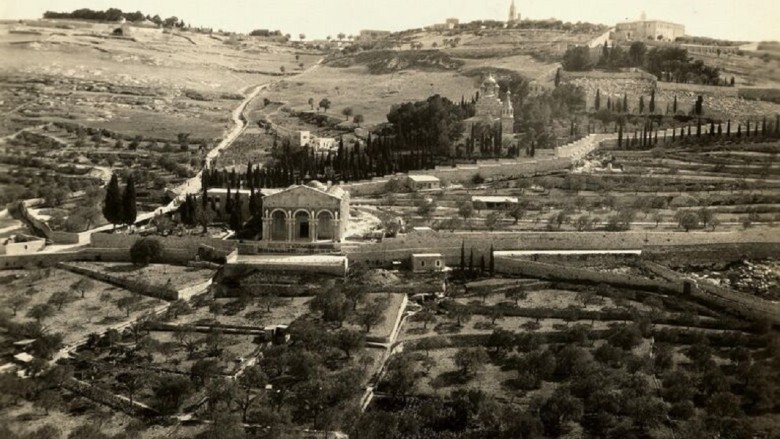
One could imagine that each of these churches was intended to represent a different stage or aspect of Jesus' many experiences. Every stone and corner could tell a unique story about his journey.
Commands from Saladin
The discovered monastery may have served as a hospice until the year 1187. Contemporary records provide clues about how monastic life and faith were practiced at that time.

Thinking about history, it is possible that Sultan Saladin, the famous Muslim leader who stood against the Crusaders, ordered the demolition of some of these buildings. There are reports that stones from neighboring churches were used to strengthen the defenses of Jerusalem.
Actually much older
What touched the archaeologists the most was the discovery of a mikveh, a ritual bath. Such baths are essential for Jewish purification rituals. Finding one near Gethsemane reminds us of the deep Jewish traditions that coexisted alongside Christian history.
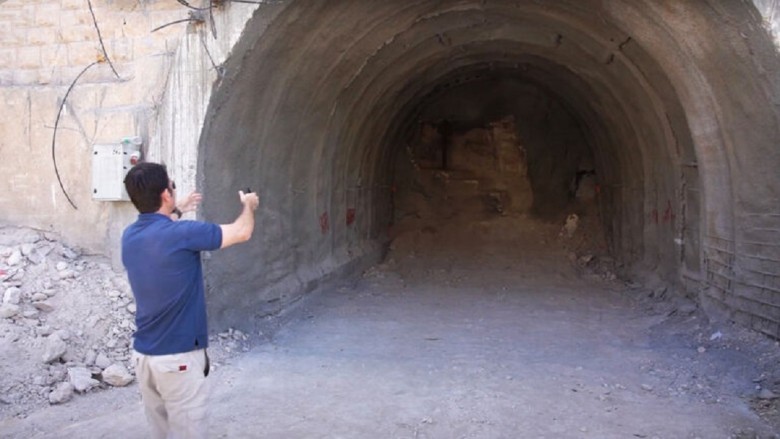
In Jewish culture, purification rituals hold profound significance. A mikveh is not just a structure; it embodies the beliefs and practices of that society and is a tangible expression of their piety.
Going all the way back to the year 70
With the discovery of the mikveh in Gethsemane, it became clear that this place had a long history. The construction and materials used immediately indicated its ancient origin. It is astounding to consider how this place was used and revered over the centuries.
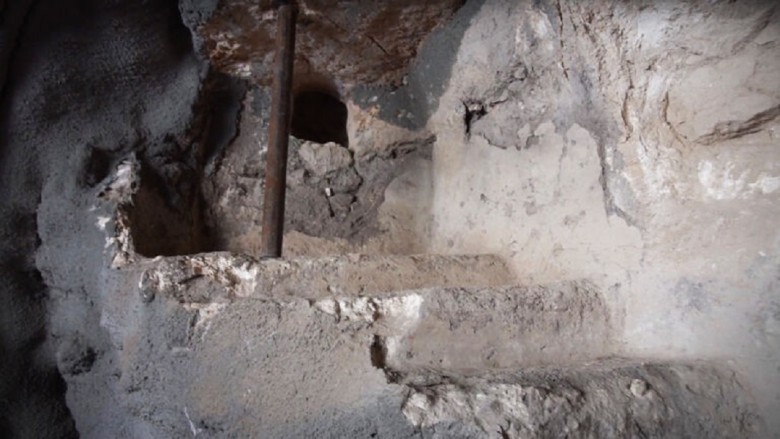
An article from The Times of Israel shed light on the age of this place, suggesting that it may date back to the time of the Second Temple. This time is crucial to understand the setting before the drastic changes brought about by the Roman invasion.
Something never seen before
The discovery of the mikveh elicited an intense emotional reaction from Re'em. It wasn't just the age or function of the mikveh that impressed him, but the fact that it was found in Gethsemane. A place that has not previously been associated with such discoveries.
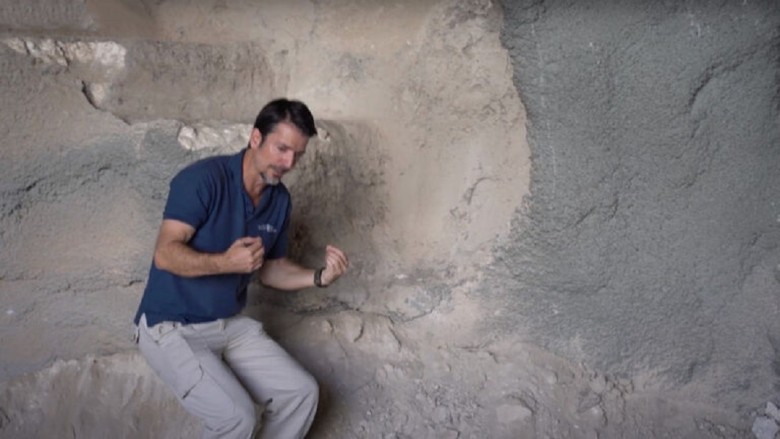
Re'em expressed in an interview with The Times of Israel, "For the first time, we have archaeological evidence that something existed here during the time of the Second Temple, during Jesus' lifetime." The significance of this discovery extends far beyond mere history.
Structure of the olive press
It is important to be cautious. As fascinating as the discoveries in Gethsemane are, they do not directly confirm the stories from the Gospels. The name "Gethsemane" itself, meaning "olive press," reminds us of a time when olive oil was an economic and cultural pillar.
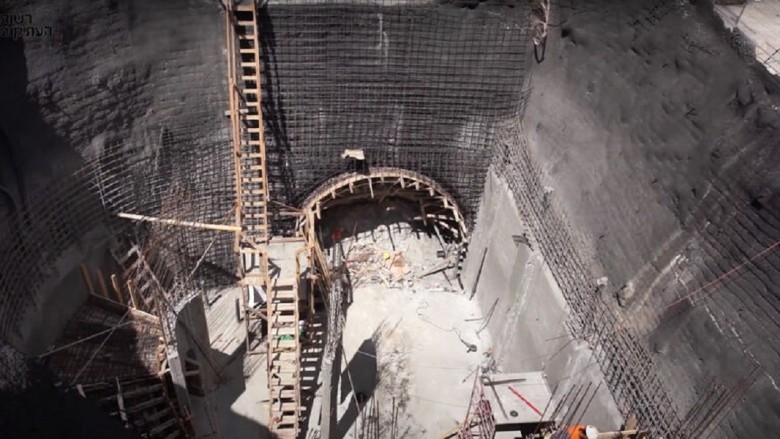
With this discovery, we begin to realize that there may have been more than just olive trees in this area. The presence of the mikveh suggests a neighboring building, possibly an olive press, fitting the name of the place.
Still searching for evidence
Re'em put forth an interesting hypothesis. Typically, a mikveh would not be found isolated in open fields. If there were workers involved in olive production who required purification, the mikveh would be nearby. This suggests a connection between oil production and purification rituals during that time.
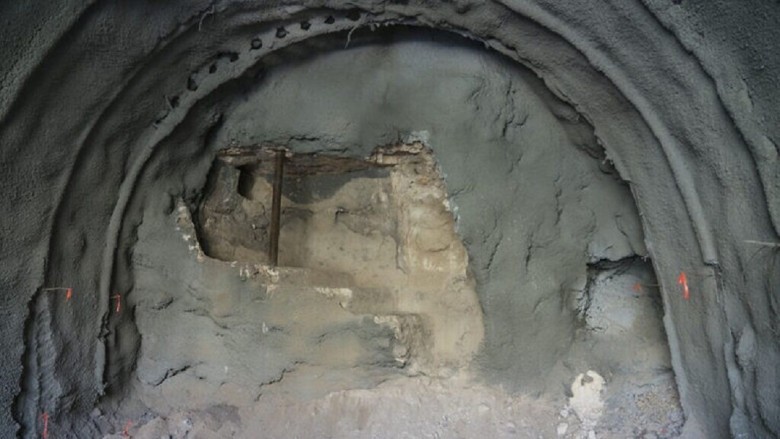
Based on all of this, we could assume there was an olive press in the region. Although we don't have concrete evidence for it, the mere possibility is truly exciting and sparks our desire to learn more about the daily life of this historic area. Who knows what other secrets are hidden there? Our curiosity is piqued.
The significance behind the discovery
Re'em's excitement was palpable not only because of the discovery itself but also because of the context in which it fit. He recalled and said, "Despite numerous excavations since 1919 and other findings from various periods, there hasn't been a single piece of evidence from the time of Jesus." With these words, the scope and significance of the latest discoveries are emphasized.
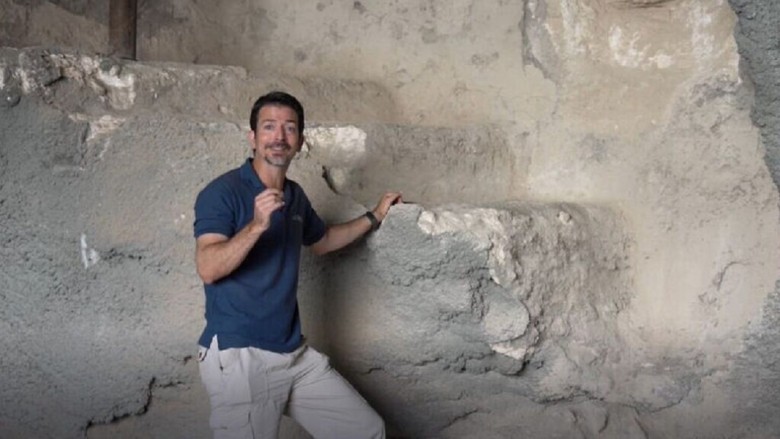
"Absolutely nothing!" With the discovery of this mikveh, we are immediately led to ponder about ritual purity. What could this mikveh reveal about the true story of Gethsemane? It opens a door for us to a fascinating and perhaps mysterious past. Its mere existence raises so many questions about the true significance and history of this holy place.
Ritual purity
The discovery was certainly an emotional moment but also led to profound considerations. Could this mikveh be a clue to the true location of Gethsemane as described in the New Testament? This thought raises exciting questions regarding the authentic historical and geographical setting of this biblical narrative.
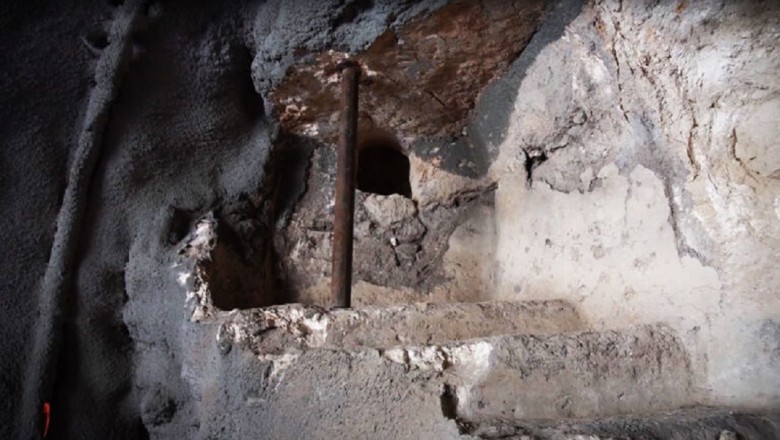
But what if what we have always believed actually happened in a different location? The finding of this ritual bath raises countless questions, each more captivating than the other. Such a special place, dedicated to purification, prompts us to question and at the same time marvel at the stories that this place may conceal.
Ritual baths are quite common
The ritual baths, known as mikvehs, from the time of the Second Temple are truly impressive. They show us customs and beliefs of a long-lost culture. They have been found in various locations in Israel, underscoring their importance in the society of that time. However, the mikveh in Gethsemane stands out for its location and significance.
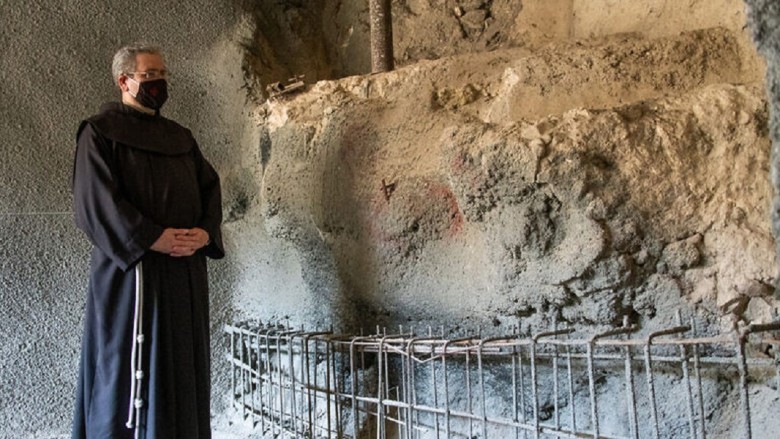
One cannot deny that the location and context of this mikveh are extraordinary. It is not just an ancient object; it could be a pivotal element connecting the present with traditional beliefs about the historical significance of Gethsemane. One wonders if the key to confirming the ancient narratives lies in this mikveh that has been hidden for centuries.
The rich could afford it
The geographic distribution of these mikvehs sheds light on social aspects of that time. Some were located in luxurious homes, indicating that the wealthy had easier access to them. On the other hand, there were mikvehs near cemeteries, possibly suggesting their use after burials.
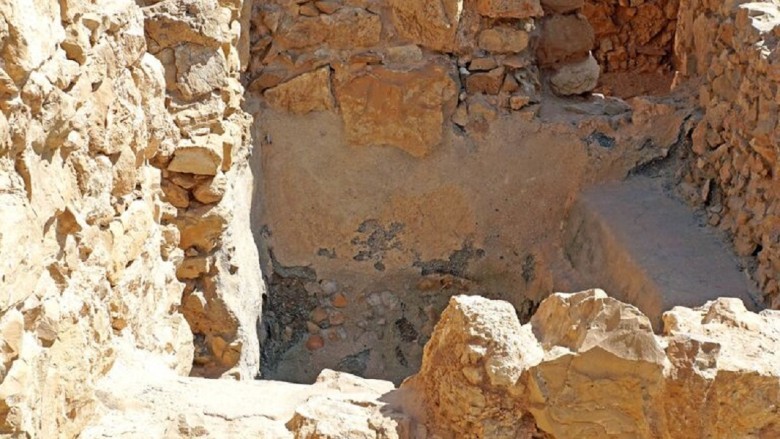
Another fascinating aspect is finding such baths in agricultural areas. Imagine: amidst vast fields and orchards, mikvehs emerge, testifying to the importance of ritual purity in ancient Israelite culture. Their proximity to places where olive oil and wine were produced emphasizes their crucial role in maintaining purity.
Analysis of minerals
Although significant discoveries have already been made, the quest for knowledge never ends. The archaeology team, always dedicated, is now focusing on the detailed analysis of gypsum samples from the mikveh in Gethsemane. This investigation is crucial to unveil further secrets about the history and purpose of the site.
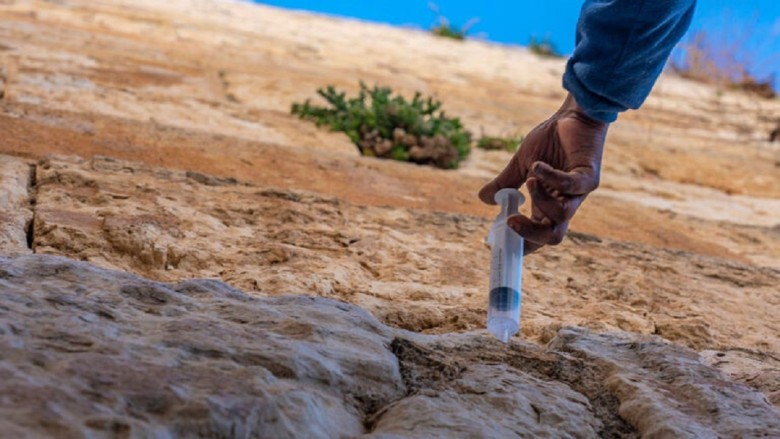
Now, every excavated piece of this place is being carefully examined. Experts will scrutinize every detail, searching for tiny traces of olive pollen or other relevant clues. What is the purpose of all this? It is about deciphering the main function and significance of this mikveh and shedding light on daily life, religious rituals, and agricultural practices during the time of the Second Temple.
Olive oil production
Re'em, always passionate in his research, harbors tangible hopes. He believes that pollen grains in the gypsum could signify a crucial turn, indicating a connection of the site with olive oil production. However, in archaeology, it is important to be patient and wait. Everyone is eagerly awaiting the results that could offer new insights.
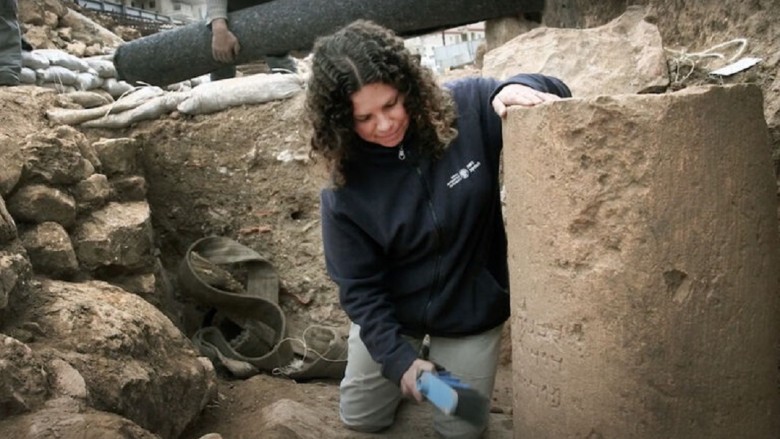
Re'em emphasizes the need for a balanced approach, though. Yes, finding pollen could suggest a connection to olive oil production, but linking it directly to the biblical accounts requires careful consideration. He emphasizes the importance of treading this path of discovery with equal parts enthusiasm and caution.
The proof is still pending
Re'em always emphasizes the importance of a thoughtful approach and notes, "We must not be carried away by enthusiasm. There is no direct evidence that confirms the Gospels through this mikveh." However, the value of this discovery is undeniable and paves the way for further research and insights.
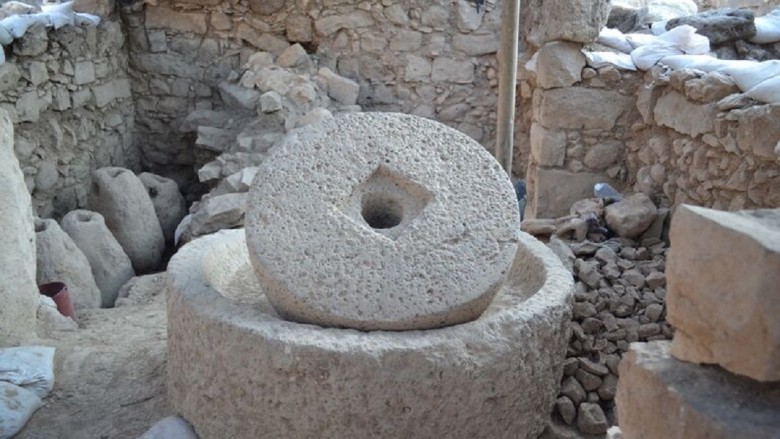
Such discoveries underscore the idea that the ancient traditions that inspired church construction could indeed have historical roots. It reminds us that history and faith are often intertwined in unexpected ways.
Ancient Christian memory
Father Patton expressed the emotions of many when contemplating the recent excavations, stating that they "confirm the antiquity of Christian memory and tradition associated with this place." His perspective gives us a more spiritual and religious view of the events.
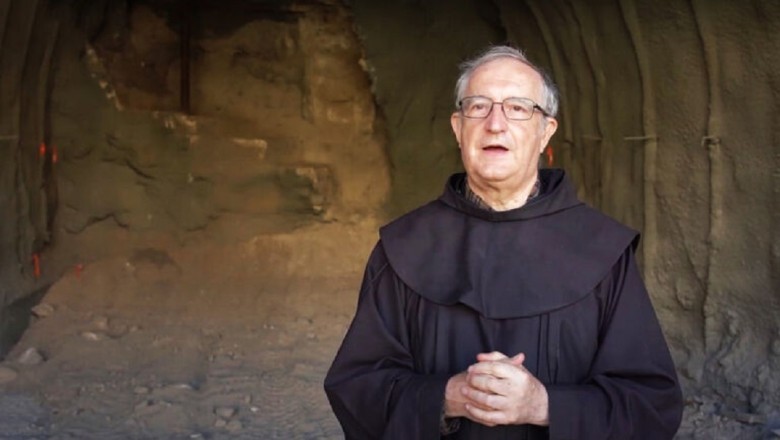
For Re'em and many others, the spiritual implications that accompany archaeological discoveries are of profound significance. This interplay of belief and science can not only enlighten but also inspire and enthuse those who seek answers.
Olive oil production
Re'em, always passionate in his research, harbors tangible hopes. He believes that pollen grains in the gypsum could signify a crucial turn, indicating a connection of the site with olive oil production. However, in archaeology, it is important to be patient and wait. Everyone is eagerly awaiting the results that could offer new insights.
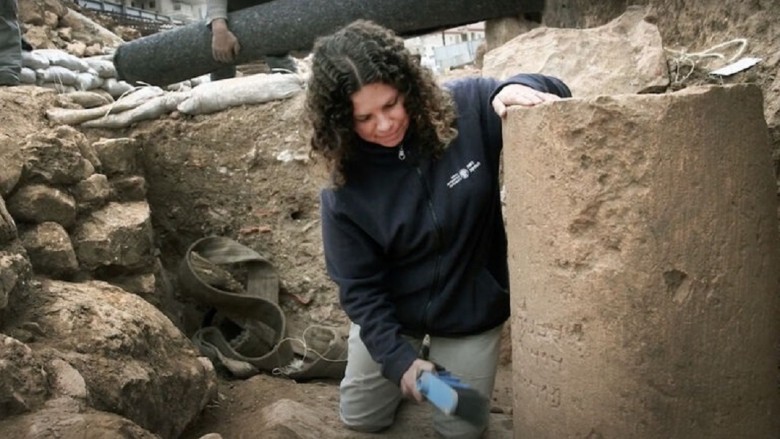
Re'em, however, emphasizes the need for a balanced approach. Yes, finding pollen could suggest a connection to olive oil production, but linking it directly to the biblical accounts requires careful consideration. He emphasizes the importance of treading this path of discovery with equal parts enthusiasm and caution.
The proof is still pending
Re'em always emphasizes the importance of a thoughtful approach and notes, "We must not be carried away by enthusiasm. There is no direct evidence that confirms the Gospels through this mikveh." However, the value of this discovery is undeniable and paves the way for further research and insights.
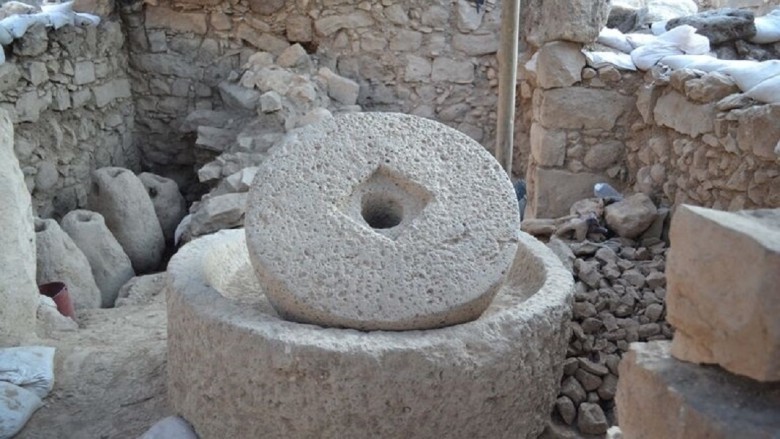
Such discoveries underscore the idea that the ancient traditions that inspired church construction could indeed have historical roots. It reminds us that history and faith are often intertwined in unexpected ways.
Ancient Christian memory
Father Patton expressed the emotions of many when contemplating the recent excavations, stating that they "confirm the antiquity of Christian memory and tradition associated with this place." His perspective gives us a more spiritual and religious view of the events.
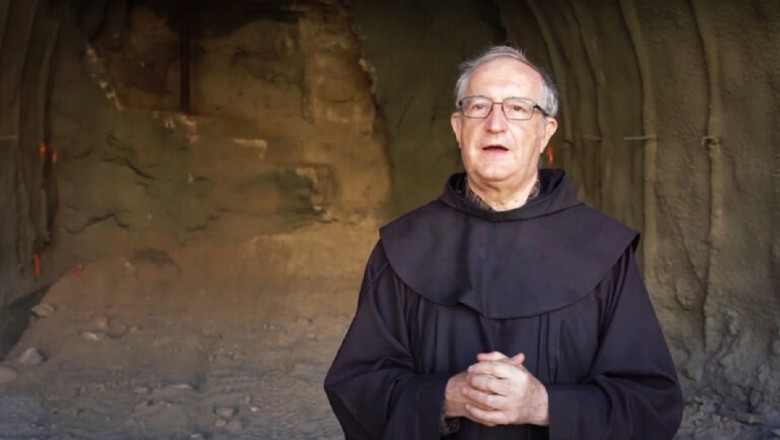
For Re'em and many others, the spiritual implications that accompany archaeological discoveries are of profound significance. This interplay of belief and science can not only enlighten but also inspire and enthuse those who seek answers.

















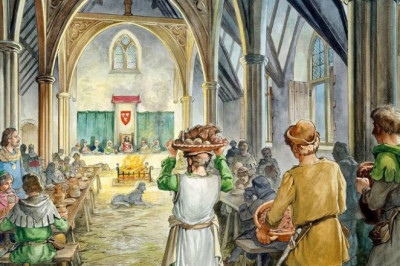
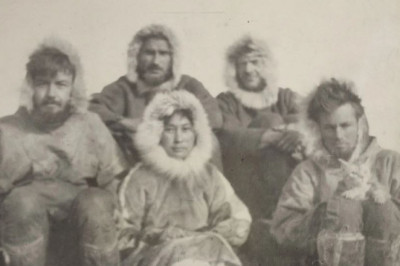

Comments
0 comment